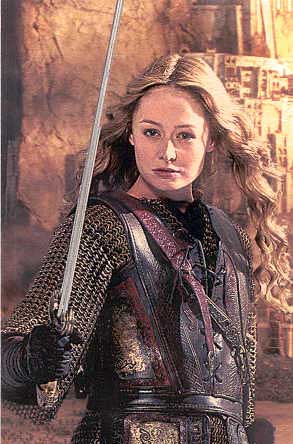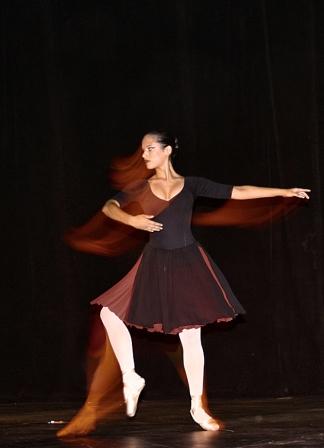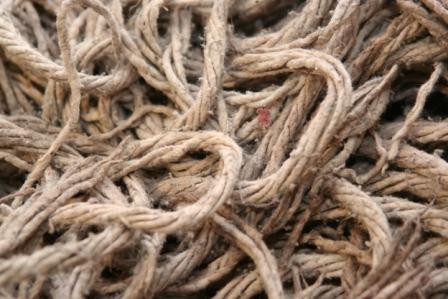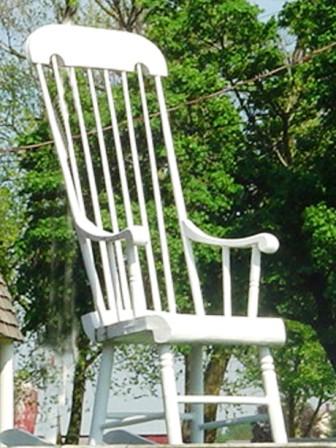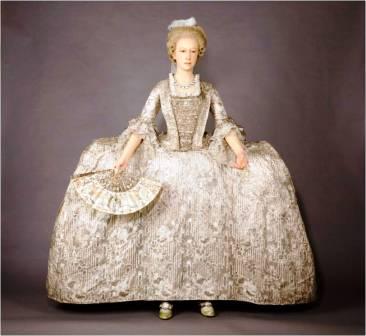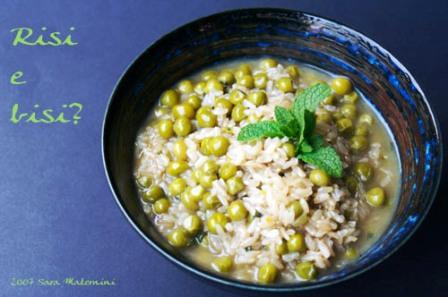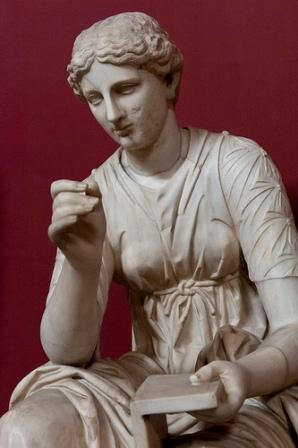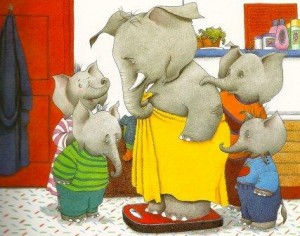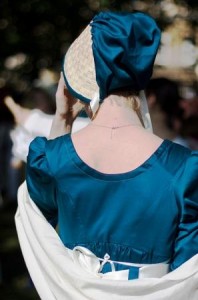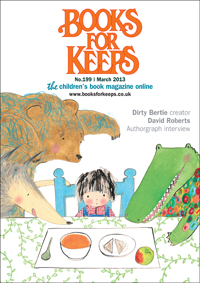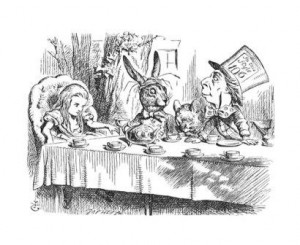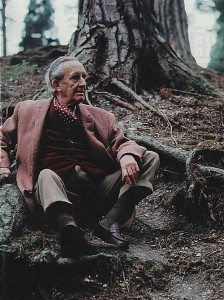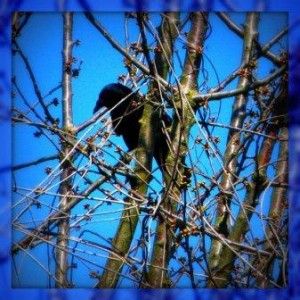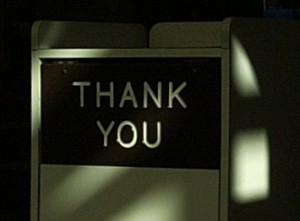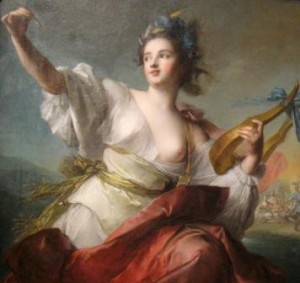Please excuse the whiny voice. My Muse needed a few words with me.
Why don’t I get so much writing done as I should?
Tell me some reasons and I’ll try to help.
I don’t get up early enough- and then it’s all a rush.
Organise yourself at night- set up what you want to do.
I stay up too late – and then I feel bad.
Get into a routine – prepare, and reflect on what you have done well. There will be something.
I mess about on the Internet and then I find hours have passed.
Aye – I know you like a bit of a company. Try going outside and talking to real people. Switch it off.
I do housework and other stuff first. Then I’m all flaked out.
I see the procrastination demon’s been around. Get shot of it by doing what you must in an afternoon. Write first.
I get put off by trips to the gym and shopping and washing and drying and the B and B guests. The time in between’s too short to do anything worthwhile.
Piffle. Even five minutes is worth doing.
I think I’m making things worse, not better, with my editing.
So ask. Send it to people you trust. See what works.
It’s a waste of time. I should do something proper that pays. Stack shelves in the Co-op.
You’ve got a willing, supportive husband – why not trust him?
It’s all pointless. I’ll never get published.
Pah. 1. Who said getting published was the mark of a writer? A writer writes. That’s it. 2. You can’t know that. 3. You could publish yourself, anyway.
I’ve left it too late and I’m too old and past it.
So – you’ve learned a lot. Did you really have so much to offer when you were younger?
If I try to make my work saleable, it’ll be inauthentic.
[Give me strength] Your task is to make the story stronger, clearer, more true. That’s what will suit the reader best.
small voice I’m no good.
Now we’re getting down to bedrock. Just tell the tale as best you can. Listen to me, create an honest story – and let others judge if it suits them.
even smaller voice No-one will like it. I can’t stand being rejected again.
Here – pop some armour on when you need to champion yourself. When you’re with me you don’t need to think about that. Write and be blowed!



